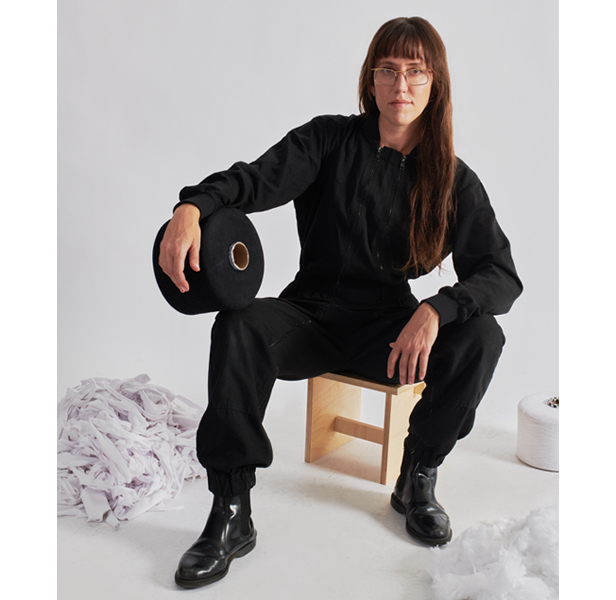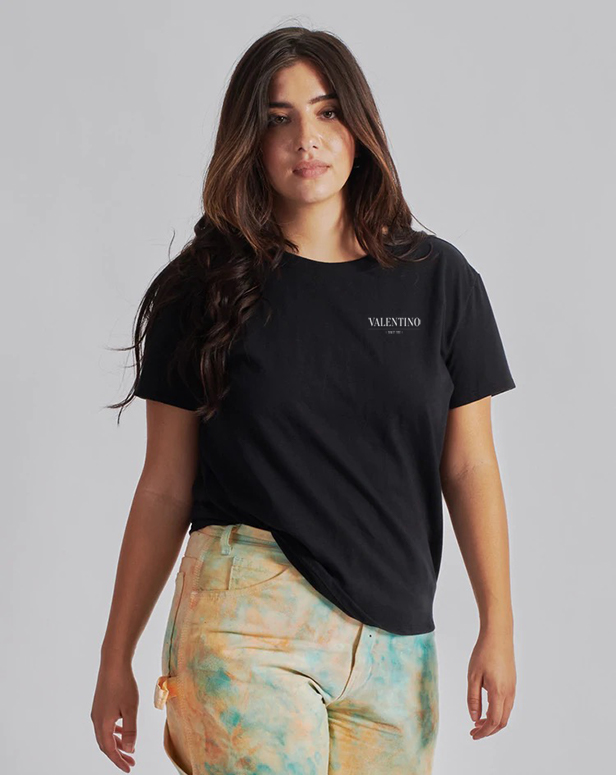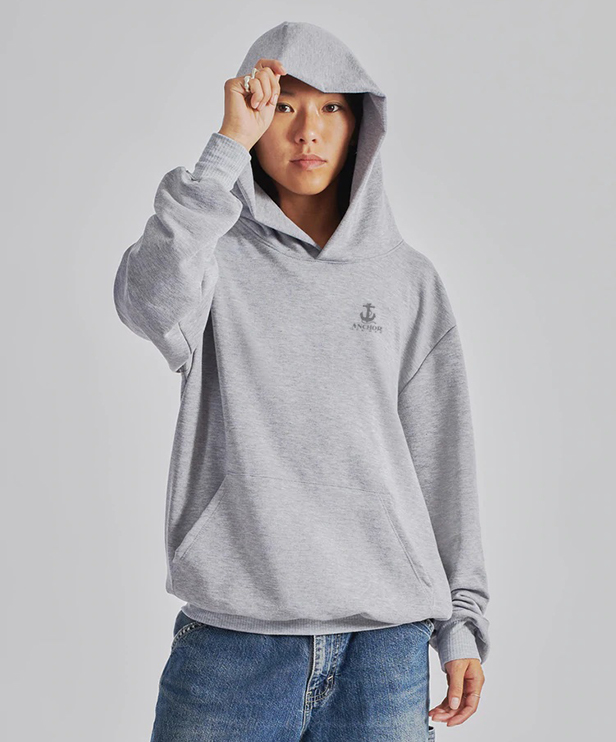May 11, 2022
Everywhere Apparel Offers Sustainable Garments, Recycling Program
The eco-conscious basics supplier was founded on a “closed loop” production system.
Each year, apparel ranks high on the list of most popular promotional products among end-users. According to the 2022 ASI Ad Impressions Study, for example, the most influential product category in the U.S. is outerwear, followed by performance wear and polos, and they maintain their top-dog status among all age demographics. Additionally, the top three largest suppliers in the promo industry are all apparel companies.

Introducing Promo for the Planet
ASI Media has launched a new resource hub covering all things sustainability. Look for the Promo for the Planet logo on stories, or visit www.asicentral.com/promofortheplanet to stay up to date on all of our sustainability-related content, from case studies to in-depth features to infographics, videos, podcasts and more.
When it comes to the environment however, the global textile industry has a bad reputation. According to the United Nations Environment Programme, it’s responsible for 10% of all carbon emissions (more than all international flights and maritime shipping combined), uses up precious fresh water, pollutes waterways and adds to landfills – the equivalent of one dump truck every second. And 20% of industrial wastewater pollution is attributable to the apparel industry, according to the World Resources Institute.
In particular, the recent move toward “fast fashion” – low-quality garments that are worn once or twice and then thrown away – contributes significantly to environmental woes. Nearly 60% of all discarded clothing ends up in a landfill, which is then usually incinerated to create more space for arriving waste. That results in harmful chemicals being released into the air, according to sustainable fashion resource Common Objective.
Fortunately, companies have been working to change that. One such is Everywhere Apparel (asi/53059) based in University City, MO, which not only produces and sells eco-conscious garments made of 100% recycled cotton, but also offers recycling options to “close the loop” – creating new apparel basics out of used ones.
Irys Kornbluth, co-CEO of Everywhere Apparel, shares the mission of her company and how it can help the promo industry (and its customers) become more sustainable.

Irys Kornbluth, Everywhere Apparel
Q: When was Everywhere Apparel established, and what was your primary objective?
A: We established the company in 2017, but really took off in 2019 just before the pandemic. We joined ASI at the end of 2021 and now we’re making the trade show rounds. We were serving large corporations during COVID – events were on hold, and thousands of shirts were outdated and sitting in warehouses, so we helped them with recycling. So, we sell apparel and assist with recycling efforts.
We’re focused on “closing the loop” – that means taking already-existing apparel and making it into new garments. We’re inspired by a shift in where promo apparel is going. Plus, we now offer data on the environmental benefits of using 100% recycled apparel.
Q: What does your garment lineup look like?
A: We have a unisex crew tee (EV4001) in white or black, a women’s tee (EV5000) in white or black, and a unisex pullover hoodie (EV3000) in white, black or gray. Each garment reduces landfill waste, saves water and reduces carbon emissions because of our closed loop system. We also don’t use toxic dyes, chemical fertilizers or pesticides.

This women’s tee (EV5000), made of 100% recycled cotton, is available in white and black.
Q: Where do you source the fabric used in your garments?
A: We use 100% GRS-certified CirCot (“circular cotton”), meaning it’s all recycled fabric and we use nothing virgin – the majority of our material is post-industrial waste, mostly from the textile markets in Los Angeles and Las Vegas. There’s so much waste that’s clean and useable and it’s just thrown away. It’s hard for people to fathom how much there is, and it normally ends up in landfills. It can be used as housing insulation sometimes. But we want to move even closer to totally closed loop.
We’re planning on collecting more recycled garments from consumers to make our apparel. We recycled 40,000 to 50,000 pounds last year, but that’s not enough for regular 50,000-piece orders for larger wholesale programs. So, we have plans to scale up. Cities are also implementing programs, like collection bins for used apparel.
The CirCot we use is microplastic-free – synthetic material like polyester sheds little tiny plastic fibers when it’s washed and as it’s worn that becomes airborne, and it’s been found in people’s lungs and even placentas. There’s been a big move to rPET (recycled plastic) in sustainable apparel, but that’s been shown to shed even more microplastic fibers than conventional polyester.

This unisex crew tee (EV4001) is available in white and black.
Q: What recycling options do you offer?
A: For every shirt purchased from us, we’ll recycle three shirts the customer gives us in exchange. We just ask that the customer pay the freight – we’re climate-neutral and we have energy-offsetting options. Also, if a shop has consistent misprints, they might not necessarily be buying shirts from us, but we’ll recycle 20 to 30 pallets at a time from them and we charge per pound – we want to become their standard garment recycling service.
Q: How do you mechanically recycle shirts?
A: First, they go to a facility where any packaging is removed. Then they’re presorted by color and material using infrared light technology. We know what can go back into our products (100% cotton) and we’ll use that, but we’ll take anything (like backpacks – they just require more deconstruction). Then they’re baled for freighting and sent to our shredding partners in North Carolina and Mexico. We’re looking at Central America now. Then an industrial spinning machine turns them into yarn again so they can be used to make new apparel. Some materials can be used for housing insulation or turned into rags (there’s actually a huge rag industry).

The unisex pullover hoodie (EV3000) is available in white, black and gray.
Q: How are your shirts data-enabled?
A: Each shirt we sell includes a QR code that offers the user more information on the closed-loop recycling process and instructions for returning their shirt to us so we can recycle it. We can customize the interface of the landing page and incorporate an end-buyer’s branding. We’re also working on NFC, so each shirt will have that scanning technology built into it. We want to connect brands and consumers with their environmental impact.
Q: How does your company fit in the promo industry?
A: In promo, volumes are high, there are predictable fabrics (like cotton and polyester), the garments generally have less hardware that slows the sorting process, and there’s lots of turnover. We believe we can get the process under control. We want to change the way people think about promotional merch. Using our products helps companies meet their sustainability goals. There’s active participating among companies and end-buyers, especially when corporations can rely on us for back-end recycling.
What Can You Do?
Here are three ways you can be more proactive to help offset textiles’ impact on the environment.
- Do research on the fabrics suppliers are using in their apparel and accessories. Find out their source, and question them about the production process.
- Ask suppliers for hard data on the sustainability impact of their products and operations.
- Explore the carbon offset options that suppliers offer, and promote those to your clients. Also encourage customers to support garment recycling.

Promo for the Planet is your destination for the latest news, biggest trends and best ideas to help build a more sustainable and socially-responsible industry.
